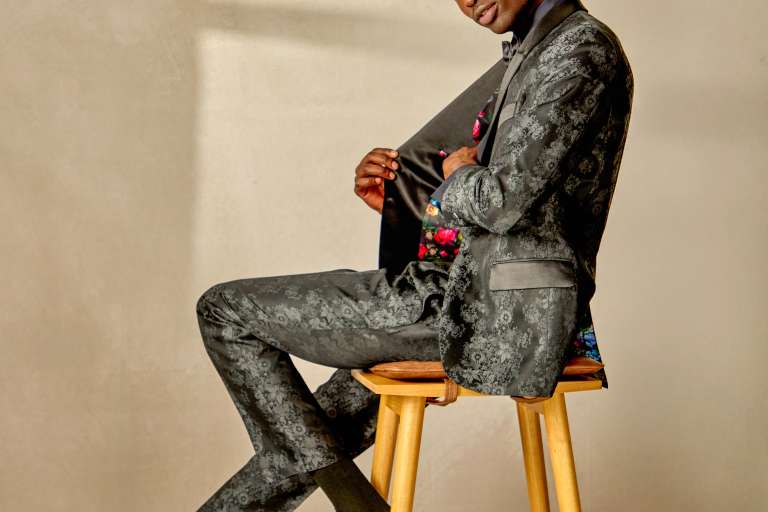Effectively Communicating What You Want in a Custom Suit

Crafting a custom suit is more than just tailoring fabric to fit your body; it’s about creating a garment that embodies your style, aligns with your functional needs, and reflects your unique identity. The process can feel exciting and overwhelming, especially with the vast array of options available, from fabrics and patterns to cuts and detailing.
However, effectively communicating what you want in a custom suit to your tailor or designer can make the difference between a suit that falls short and one that becomes a wardrobe staple. Approach the custom suit process with knowledge to ensure a final product that exceeds expectations.
Understand Fabrics and Materials
Fabrics are the soul of a custom suit. Explaining your preferences in this area requires at least a basic understanding of the available options. Wool, cotton, linen, and blends each have their benefits and applications, depending on the climate and occasion.
Explore seasonal fabrics, such as tweed for winter and seersucker for summer. Don’t hesitate to ask your tailor for fabric swatches so you can feel and compare the different materials firsthand. Communicating desired colors, textures, and functional needs, such as breathability or durability, is key to making the best choice.
Prioritize Fit and Comfort
A hallmark of high-quality men’s tailored suits is their impeccable fit, because they should fit your body like a glove. Focus on sharing details about your body type, preferred fit (slim, regular, or relaxed), and areas that need extra attention.
Maybe you prefer more room around the shoulders or a tapered waist; specify what feels comfortable for you. Tailors will take precise measurements, but communicating your movement preferences, such as a preference for flexibility in the jacket, will ensure your suit aligns with your comfort needs.
Choose a Style That Reflects You
Your suit’s design should reflect your style while maintaining a timeless sophistication. Decide on the details, such as lapel shapes (notched, peaked, or shawl), button configurations (single, double-breasted, or more), and pocket designs.
Casual wear looks best with unstructured shoulders, while a formal look might call for sharp, structured shoulders. Accessories, such as linings, pleats, and monograms, can also elevate the suit to make it uniquely yours.
Maintain Open Communication Throughout the Process
Effectively communicating what you want in a custom suit doesn’t end with the initial consultation. Regularly stay in touch with your tailor during the suit’s creation process to clarify details and address any questions. Be open to feedback and the tailor’s expertise, as they can offer suggestions based on experience and craftsmanship.
Once your suit is ready, schedule a fitting session to make any necessary adjustments. This collaborative approach guarantees that you and your tailor will be happy with the results.
Receiving the perfect custom suit begins with clear communication and a vision of your ideal design. By understanding fabrics, focusing on fit, exploring styles, and maintaining collaboration, you can bring to life a suit that looks incredible and feels like an extension of yourself.
